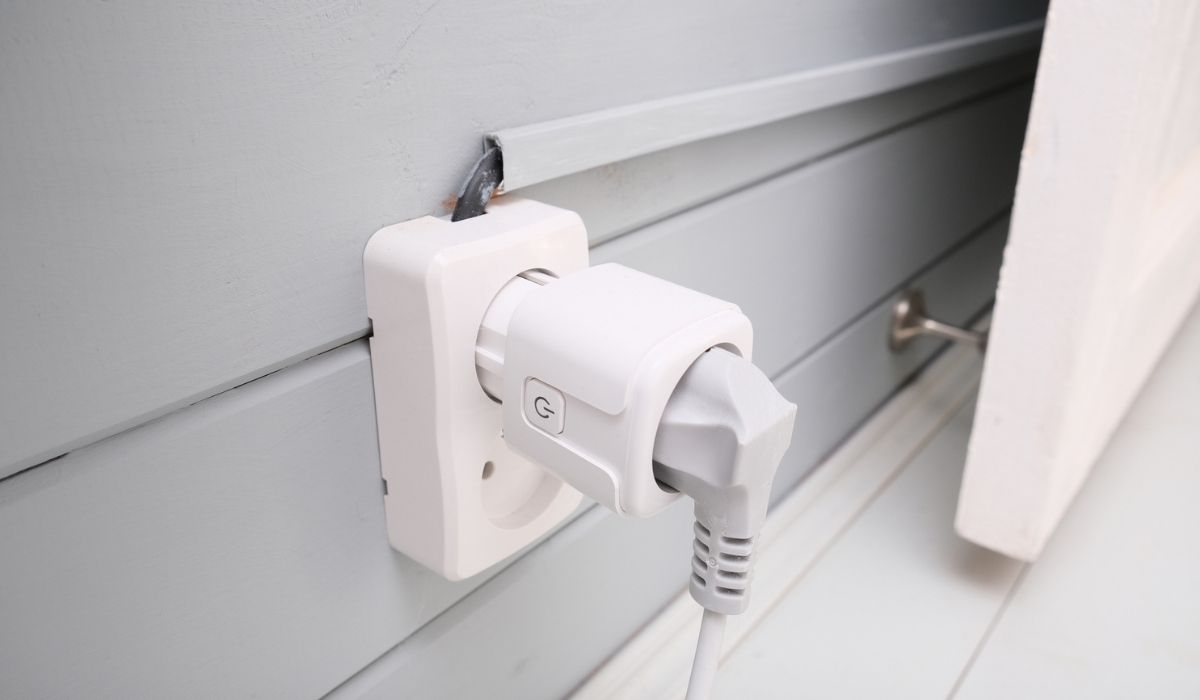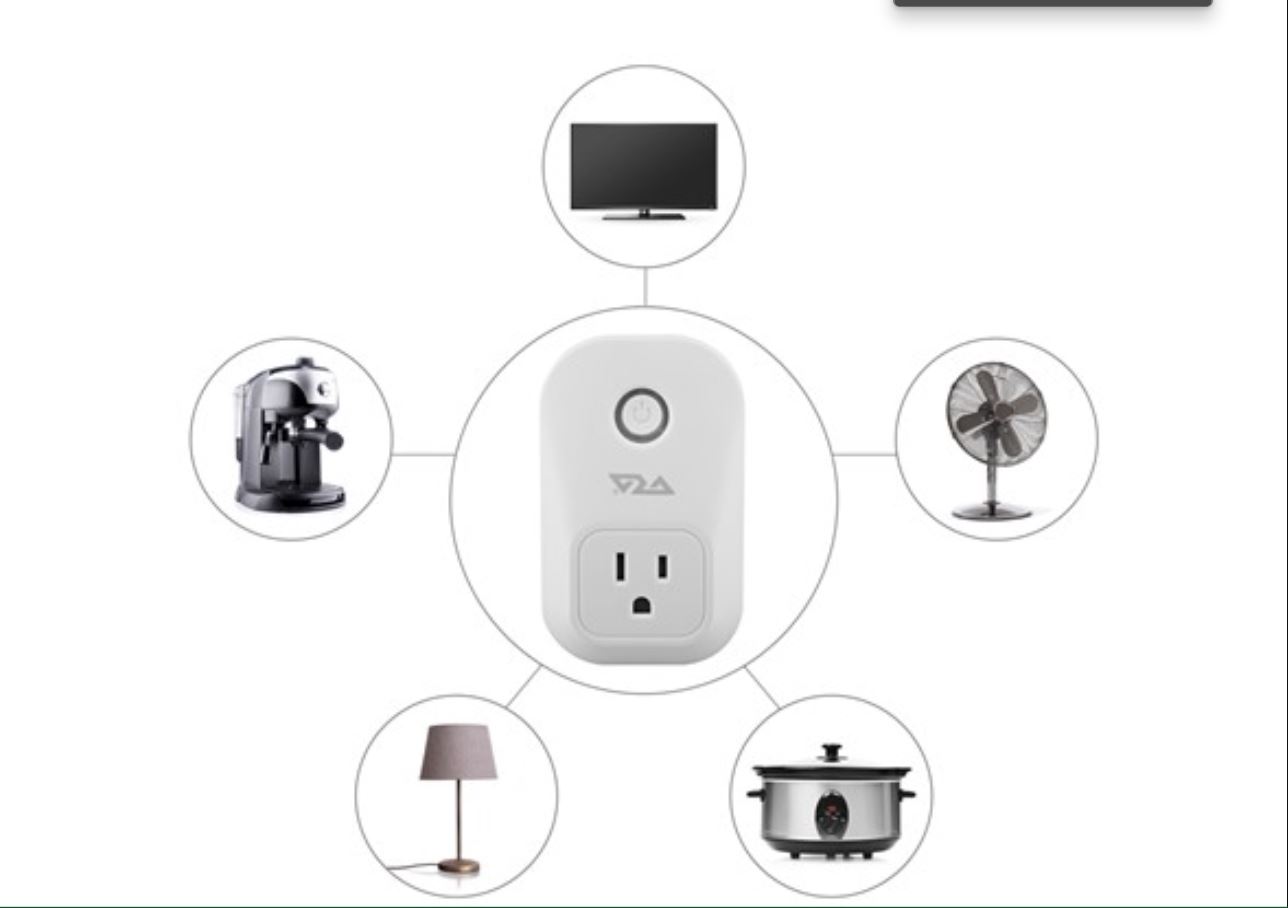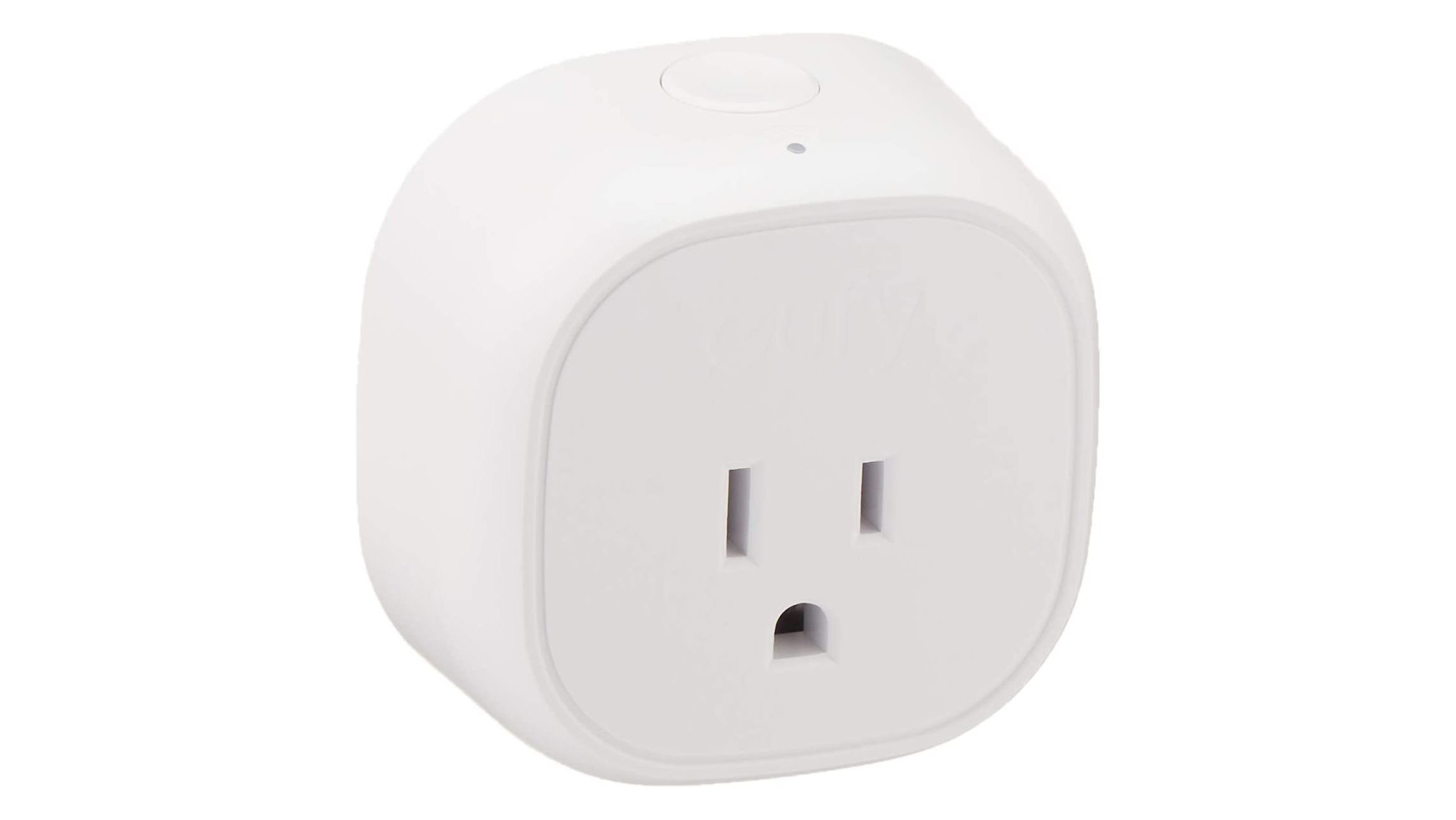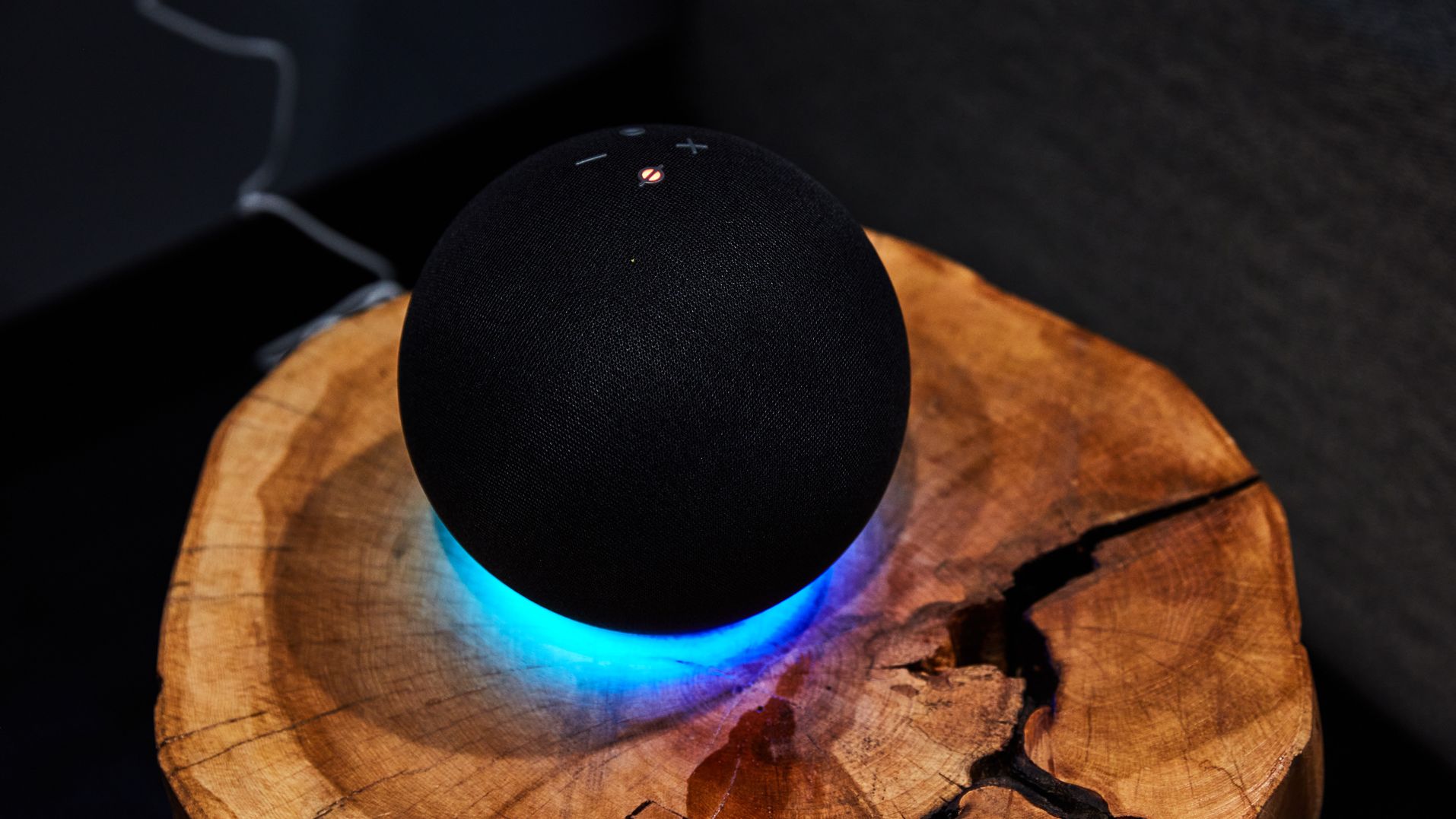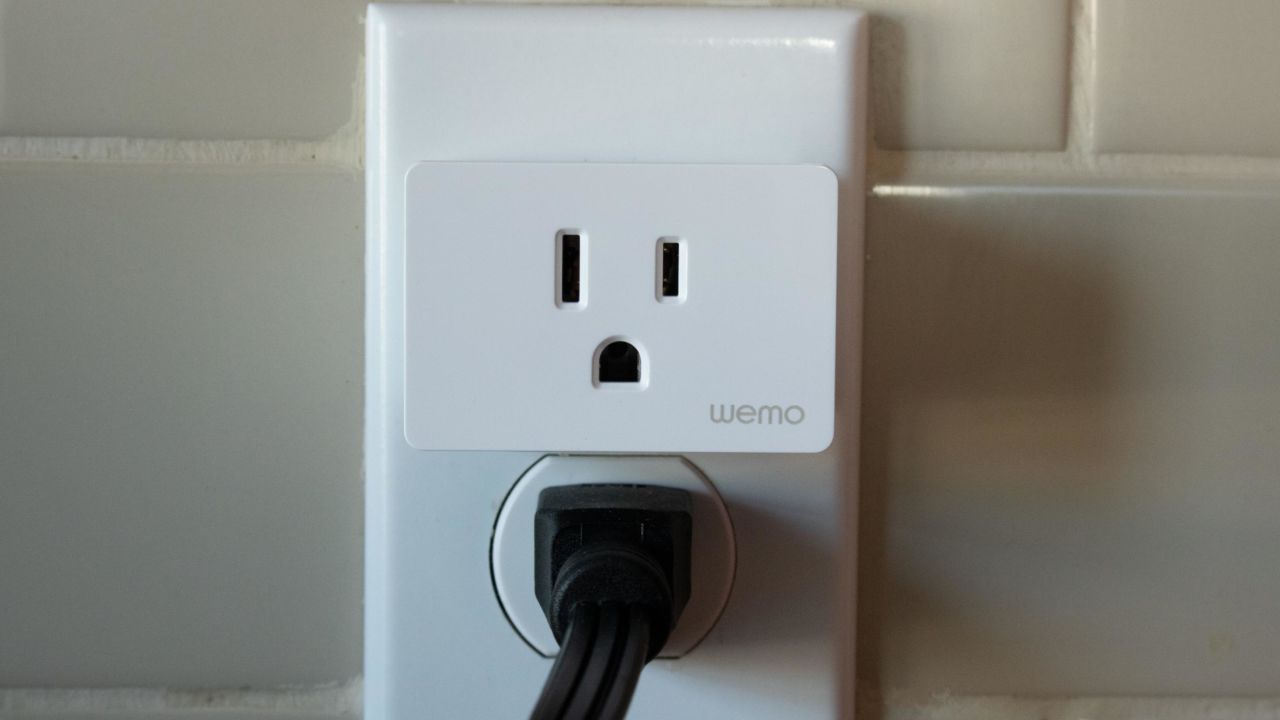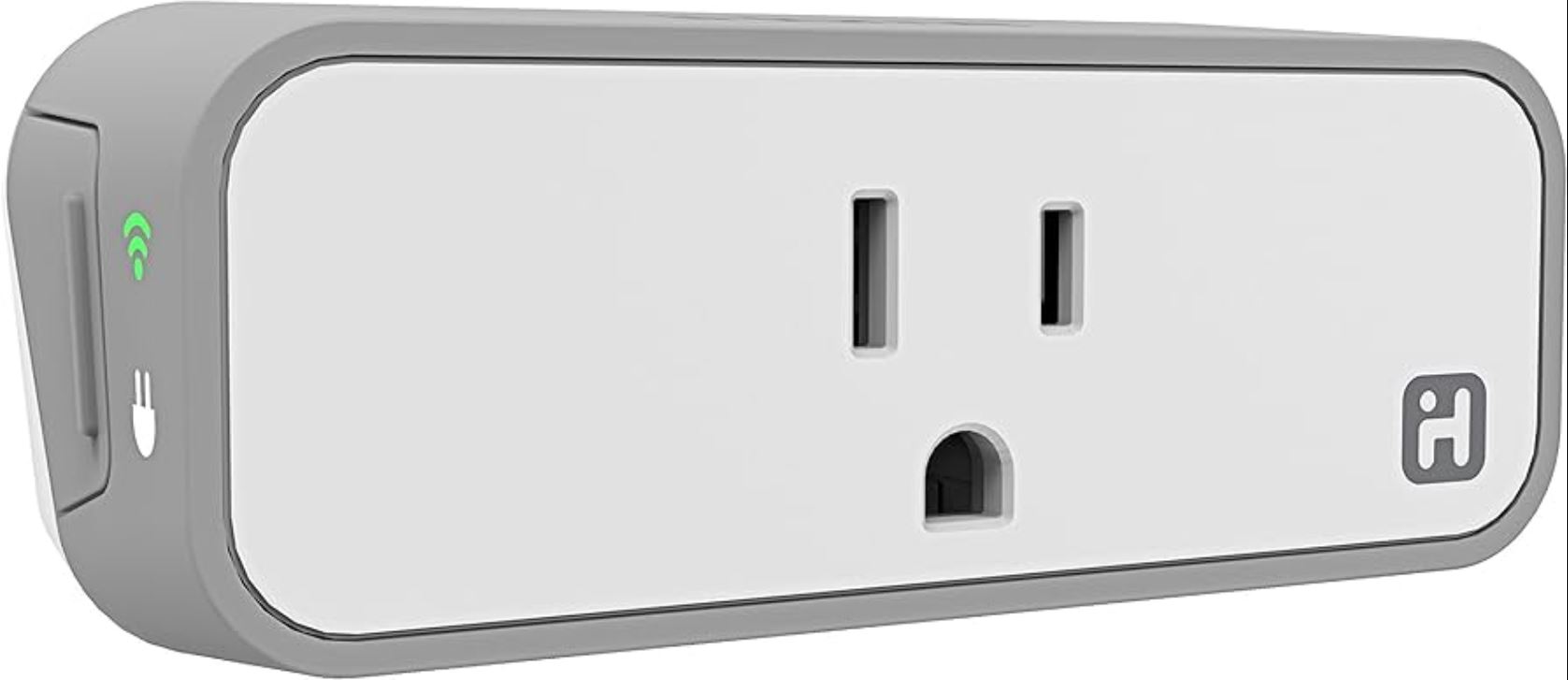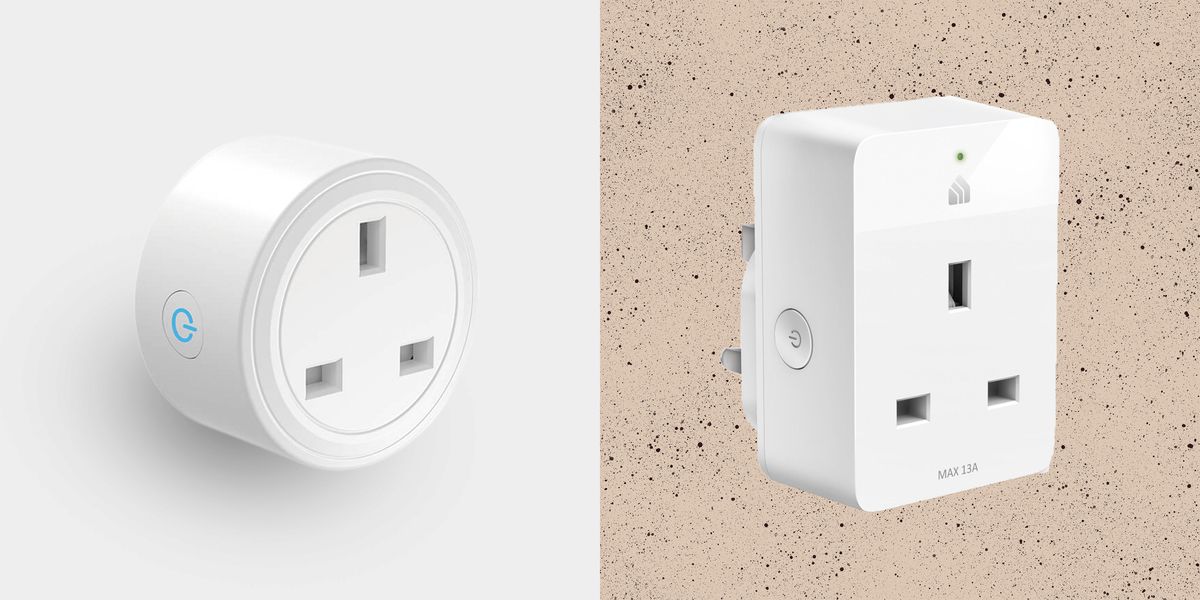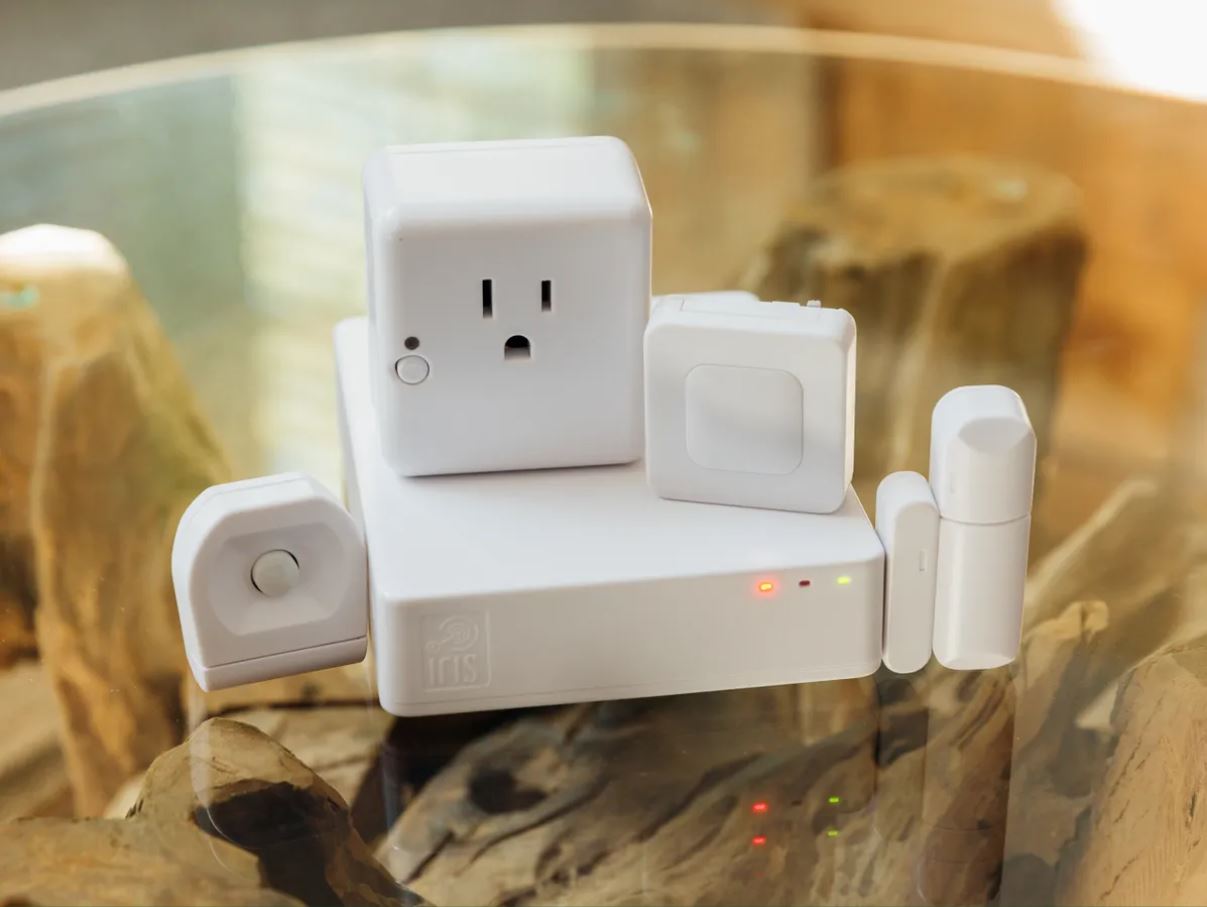Introduction
In today’s technologically advanced world, smart devices and home automation have become increasingly popular. Among the wide array of smart home devices available, smart plugs offer a convenient and efficient way to control the power supply to various appliances and devices. One common concern for users is the energy consumption of smart plugs, especially when they are turned off or in standby mode.
A smart plug is a device that can be connected to any standard electrical outlet. It allows users to remotely control the power supply to devices plugged into it using a smartphone app or voice commands via a virtual assistant. With the ability to turn devices on or off remotely, create schedules, and monitor energy usage, smart plugs have gained popularity due to their convenience, energy-saving potential, and compatibility with other smart home devices.
Despite their numerous benefits, one question that often arises among users is whether smart plugs continue to consume energy even when they are turned off. This concern is well-founded, as many electronic devices consume a small amount of standby power even when apparently switched off. In this article, we will explore the energy consumption of smart plugs when they are idle, in standby mode, and when in use.
Understanding how much energy a smart plug uses in different scenarios can help consumers make informed decisions about their energy usage, conservation, and potential cost savings. It can also help address any concerns about unnecessary energy consumption and promote more energy-efficient practices in our daily lives.
What is a Smart Plug?
A smart plug, also known as a Wi-Fi plug or smart outlet, is a device that allows you to control the power supply to your appliances and electronic devices remotely. It acts as an intermediary between the electrical outlet and the devices plugged into it, giving you the ability to turn them on or off using your smartphone, tablet, or voice commands via a virtual assistant.
Smart plugs are designed to be user-friendly and seamlessly integrate with existing home automation systems. They typically connect to your home’s Wi-Fi network, allowing you to access them through a dedicated mobile app or integrate them with popular voice platforms like Amazon Alexa or Google Assistant. This connectivity enables you to control your devices from anywhere, whether you’re at home or away.
One of the key features of a smart plug is its scheduling capability. With a smart plug, you can create customized schedules to automatically turn your devices on or off at specific times. This is particularly useful for energy-saving purposes, allowing you to set certain devices to automatically power down when not in use, reducing standby power consumption.
Moreover, many smart plugs come equipped with energy monitoring features. This means they can track and display the energy usage of the devices connected to them. With this information, you can gain insights into your energy consumption habits and identify opportunities to optimize your energy usage.
Smart plugs offer a wide range of benefits, such as convenience, energy efficiency, and enhanced home security. With the ability to control your appliances remotely, you can ensure that devices are not left running unnecessarily, saving both energy and money in the process. Additionally, the ability to schedule your devices to turn on or off can give the illusion of an occupied home, deterring potential burglars.
In summary, a smart plug is a versatile device that adds a layer of automation and control to your home’s electrical outlets. It allows you to remotely manage your appliances, create schedules, monitor energy usage, and enhance the overall efficiency and functionality of your smart home ecosystem.
Does a Smart Plug Use Energy When It’s Turned Off?
One of the primary concerns regarding smart plugs is whether they continue to consume energy when they are turned off. The answer to this question depends on various factors, such as the specific model and design of the smart plug.
In general, smart plugs do consume a small amount of energy even when they appear to be turned off. This is because they need to stay in a dormant state to listen for commands from the connected mobile app or voice assistant. The standby power consumption of smart plugs is typically minimal compared to the energy consumed by the devices they control.
However, it’s important to note that the standby power usage of smart plugs can vary. Some models are designed to minimize energy consumption, while others may use slightly more power. It’s always a good idea to check the specifications and energy-saving features of a smart plug before making a purchase.
Additionally, the standby power consumption of a smart plug can also be influenced by external factors, such as the stability of the Wi-Fi network it is connected to. A weak or unstable Wi-Fi signal can lead to increased power consumption as the smart plug attempts to maintain a connection.
To address concerns about energy consumption when a smart plug is turned off, you can consider using power strips with integrated smart plugs or surge protectors. These devices often have a master outlet that controls the power supply to the connected devices. When the master device, such as a TV or computer, is turned off, the power supply to the peripheral devices is automatically cut off as well.
Overall, while smart plugs do consume a small amount of energy when they are turned off, the standby power usage is typically minimal. Nevertheless, it’s important to consider energy-saving features and select smart plugs that prioritize energy efficiency to minimize unnecessary power consumption.
How Much Energy Does a Smart Plug Use When Idle?
When a smart plug is idle, meaning there are no devices or appliances connected to it and it is not actively controlling the power supply, the amount of energy it uses can vary depending on the specific model and design.
On average, a smart plug in idle mode consumes approximately 1 to 5 watts of power. This standby power consumption is needed to keep the smart plug powered on and ready to receive commands from the connected mobile app or voice assistant.
It is worth noting that while the energy usage may seem low, if you have multiple smart plugs throughout your home, the cumulative standby power consumption can add up over time. Therefore, it is advisable to be mindful of the number of smart plugs you have and their standby power usage.
Furthermore, the energy usage of a smart plug when idle can be affected by additional features or functions it may have. For example, smart plugs with built-in LED indicators or display screens may consume slightly more energy compared to basic models without these features.
Some manufacturers have recognized the importance of energy efficiency and have designed smart plugs with power-saving features. These features aim to reduce idle energy consumption by automatically entering a low-power or sleep mode when not in use for an extended period.
If energy efficiency is important to you, it is recommended to research and compare different smart plug models to find those with the lowest idle power consumption. Look for smart plugs that are ENERGY STAR certified, as they meet the strict energy efficiency criteria set by the Environmental Protection Agency (EPA).
In summary, when a smart plug is idle, it typically consumes around 1 to 5 watts of power. While this may seem relatively low, considering the cumulative energy consumption of multiple smart plugs and selecting energy-efficient models can help minimize unnecessary power usage and promote more sustainable energy practices.
Energy Consumption of a Smart Plug in Standby Mode
When a smart plug is in standby mode, it means that it is powered on but not actively controlling the power supply to any devices. In this state, the smart plug consumes a certain amount of energy to maintain its functionality and remain connected to the network.
The energy consumption of a smart plug in standby mode can vary depending on factors such as the make and model of the device, as well as any additional features it may have. On average, a smart plug in standby mode typically consumes around 1 to 5 watts of power.
It’s worth noting that the standby power usage of a smart plug is generally minimal compared to the energy consumed by the devices it controls. However, if you have multiple smart plugs throughout your home, the cumulative power consumption in standby mode can add up over time.
Manufacturers have recognized the importance of energy efficiency and have started incorporating power-saving features in smart plug designs. For example, some smart plugs are equipped with built-in timers that automatically power down the device after a certain period of inactivity. This helps to further reduce standby power consumption and optimize energy usage.
In addition, advancements in technology have led to the development of smart plugs with lower standby power consumption. These energy-efficient models are designed to minimize power usage without sacrificing functionality or performance.
To ensure you are selecting a smart plug with the lowest standby power consumption, it is recommended to research and compare different models. Look for those that have ENERGY STAR certification, as these smart plugs meet strict energy efficiency standards set by the Environmental Protection Agency (EPA).
Furthermore, it’s important to consider the overall energy-saving benefits of using a smart plug. By having control over the power supply to your devices and the ability to schedule their usage, you can effectively reduce overall energy consumption and lower your electricity bills.
In summary, a smart plug in standby mode consumes around 1 to 5 watts of power on average. While the standby power usage is generally minimal, selecting energy-efficient models with power-saving features can further optimize energy consumption and contribute to more sustainable energy practices.
Energy Usage of a Smart Plug When in Use
When a smart plug is actively controlling the power supply to devices, its energy usage will depend on the specific devices connected and their power requirements. The smart plug itself consumes a negligible amount of energy in this state, as most of the energy consumption is attributed to the devices plugged into it.
To understand the energy usage of a smart plug when in use, it’s important to consider the power rating (wattage) of the devices connected. The wattage indicates the amount of power consumed by a device in operation.
For example, a device with a power rating of 100 watts will consume 100 watt-hours (Wh) of energy for every hour it is used. If the device is connected to a smart plug and used for 5 hours, it will consume 500 Wh or 0.5 kilowatt-hours (kWh).
It’s essential to note that the energy usage of a smart plug does not significantly impact the overall energy consumption. The main advantage of a smart plug lies in its ability to control and manage the power supply to devices, allowing you to turn them off when not in use or schedule their usage to optimize energy efficiency.
Furthermore, many smart plugs come equipped with energy monitoring features that allow you to track and analyze the energy usage of the connected devices. This information can help you identify energy-saving opportunities and make more informed decisions about your energy consumption.
By using a smart plug to efficiently manage the power supply to your devices, you can potentially reduce wasteful energy consumption. For example, you can turn off or put devices on standby mode when you’re not using them, eliminating standby power consumption and reducing overall energy usage.
Moreover, the ability to create schedules with a smart plug can further optimize energy consumption. You can set devices to automatically turn off during non-peak hours or when you’re away from home, contributing to energy savings.
In summary, the energy usage of a smart plug when in use depends on the power requirements of the devices connected to it. The smart plug itself consumes minimal energy, with the majority of energy consumption attributed to the devices plugged into it. By effectively managing and controlling the power supply to devices, a smart plug can help reduce overall energy usage and promote energy efficiency.
Factors that Affect the Energy Consumption of a Smart Plug
The energy consumption of a smart plug can be influenced by several factors. Understanding these factors is crucial in optimizing energy usage and making informed decisions about the devices and electrical appliances connected to the smart plug.
1. Connected Devices and Power Requirements: The energy consumption of the smart plug greatly depends on the power requirements of the devices connected to it. Devices with higher wattage ratings will consume more energy compared to devices with lower wattage ratings.
2. Usage Patterns and Durations: The length of time a device is used and the frequency of usage will impact the energy consumption. Devices that are used for extended periods or are frequently turned on will consume more energy.
3. Standby Power Consumption: The smart plug itself typically consumes a small amount of energy in standby mode. The standby power consumption may vary depending on the specific model and any additional features it may have, such as LED indicators or display screens.
4. Network Connectivity: The stability and strength of the Wi-Fi network to which the smart plug is connected can affect energy consumption. A weak or unstable Wi-Fi signal may lead to increased power consumption as the smart plug attempts to maintain a connection.
5. Energy Efficiency Features: Some smart plugs are designed with energy-saving features, such as timers or power-saving modes that can help reduce energy consumption. These features automatically power down the smart plug or connected devices after a period of inactivity.
6. Device Compatibility: It’s important to ensure that the devices you connect to the smart plug are compatible with its power supply control. Incompatible devices may not respond properly to commands, leading to unnecessary energy consumption.
7. User Behavior: The energy consumption of a smart plug is greatly influenced by the user’s behavior and habits. Being mindful of turning off devices when they are not in use and creating energy-saving schedules can significantly reduce energy consumption.
8. Energy Monitoring and Optimization: Some smart plugs come with energy monitoring features that provide real-time data on energy usage. This information can help users identify energy-hungry devices and make adjustments to optimize energy consumption.
It’s important to consider these factors and make informed decisions when using a smart plug. By understanding the energy consumption of devices, employing energy-saving features, and adopting energy-efficient practices, users can maximize the benefits of smart plugs while minimizing unnecessary energy usage.
Can Smart Plug Energy Usage be Reduced?
Yes, the energy usage of a smart plug can be reduced through various strategies and practices. By implementing these measures, you can optimize energy efficiency and minimize unnecessary power consumption.
1. Choose Energy-Efficient Smart Plugs: Look for smart plugs that are designed with energy-saving features and have low standby power consumption. ENERGY STAR certified smart plugs are a good choice as they meet strict energy efficiency standards.
2. Connect Energy-Efficient Devices: Consider using energy-efficient appliances and devices that have lower power consumption. Choosing devices with high energy efficiency ratings, such as ENERGY STAR certified appliances, can greatly reduce overall energy usage.
3. Create Schedules and Timers: Utilize the scheduling capabilities of your smart plug to automatically turn off devices during periods of inactivity or when they are not needed. This prevents unnecessary energy consumption and can lead to significant energy savings.
4. Optimize Group Controls: If you have multiple devices connected to a smart plug, group them together and control them as a single unit. This way, you can turn off multiple devices with a single command, reducing standby power consumption.
5. Monitor and Analyze Energy Usage: Take advantage of the energy monitoring features provided by some smart plugs. Monitor and analyze the energy usage of your devices to identify energy-hungry appliances and adjust your usage patterns accordingly.
6. Turn Off Devices When not in Use: Be mindful of manually turning off devices when they are not in use. Even when controlled by a smart plug, devices should be turned off if they are not actively being used to minimize standby power consumption.
7. Consider Power Strips with Smart Plugs: Power strips with built-in smart plugs or surge protectors offer a convenient way to control multiple devices. They often have a master outlet that can automatically cut power supply to peripheral devices when the main device is turned off.
8. Embrace Energy-Saving Habits: Adopt energy-saving habits in your daily routines. This includes unplugging chargers and devices when they are fully charged, utilizing natural light whenever possible, and adjusting thermostat settings for energy-efficient heating and cooling.
By implementing these strategies, you can effectively reduce the energy usage of your smart plug and make a positive impact on overall energy consumption. Smart plugs provide flexibility and control, and by using them efficiently, you can maximize energy savings and contribute to a more sustainable future.
Conclusion
In conclusion, smart plugs offer a convenient and efficient way to control the power supply to appliances and devices in your home. While there is a minimal energy consumption associated with smart plugs in standby mode, their overall impact on energy usage is relatively small compared to the devices they control.
Factors such as the power requirements of connected devices, usage patterns, standby power consumption, network connectivity, and energy-saving features can influence the energy consumption of a smart plug. By being mindful of these factors and adopting energy-efficient practices, you can further optimize energy usage and minimize wasteful power consumption.
Smart plugs provide the ability to schedule devices, monitor energy usage, and remotely control power supply, contributing to energy savings and cost reductions. They empower users to make informed decisions about their energy consumption and promote more sustainable energy practices.
When selecting a smart plug, it’s advisable to choose models that prioritize energy efficiency and have low standby power consumption. Consider ENERGY STAR certified smart plugs as they meet strict energy efficiency standards.
Ultimately, smart plugs have the potential to enhance the functionality and energy efficiency of your smart home ecosystem. By leveraging their capabilities, you can reduce unnecessary energy consumption, lower electricity bills, and contribute to a greener future.







